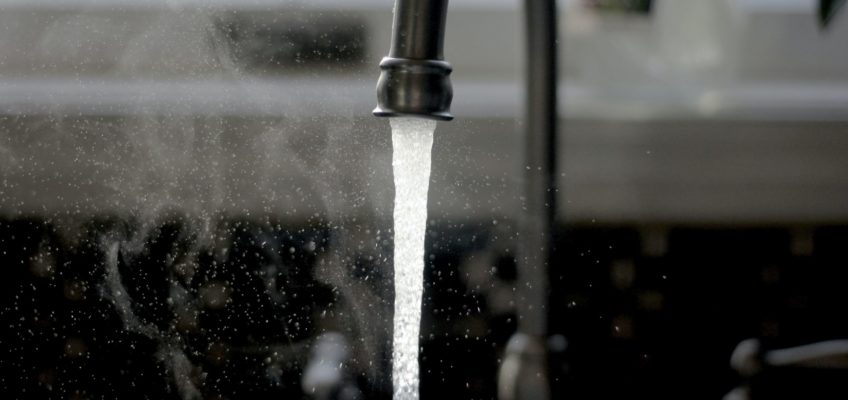These days, we hear a lot more about water shortages, droughts and just the general impact of wasting water. That, along with the fact that water charges have been a hot topic for the past number of years, should make you really start thinking of how you can conserve water at home. Here are our 5 simple tips to do just that:
1. Time your showers
Are you the type of person that uses shower time to meditate in the shower? In 2020, half-an-hour showers should not be so common. Timing your showers can make you a more efficient self-cleaner because you will have allocated yourself a certain amount of time to do so.
If you live in a hard water area, you might spend longer in the shower because hard water doesn’t work as well as soft water for cleaning. Investing in a water softener will help reduce your overall shower time, and it has the added benefit of making your skin and hair better quality.
2. Turn off your tap

We’ve all been guilty of leaving the tap running when brushing or teeth. However, you can save a lot of water just by turning off the tap while you work away at getting your toothbrush bristles in all the right places. Studies have shown that leaving the tap on while brushing your teeth wastes around 6 litres per minute [1]. With the recommended brushing time of 2 minutes, this amounts to 24 litres being wasted per day!
3. Use rainwater
We don’t recommend just collecting rainwater and drinking it, that is not safe and we will definitely cover it in another post. However, you can use the rainwater in other ways. For example, you could use the rainwater you collect to water your plants or even fill your toilet cistern.
4. Get an efficient water softener
If you are living in a hard-water area, you likely have (or have considered) a water softener to help eliminate limescale buildup. However, not all water softeners are created equally. When the lime is taken out of your water, it is stored within the water softener; at some point within a 24-hour cycle (normally at night), that lime is flushed out during a process called ‘backwashing’. It is during this process that water is most used. Consider investing in a softener that is efficient in its water usage such as a Kinetico water softener.
5. Be a smart flusher

The toilet is a huge water waster. The majority of the time, we don’t need to use the amount of water we send down it. With older toilets, each flush used about 23 to 32 litres of water. Nowadays, it is worth investing in a low-flow toilet that uses only around 7 litres per flush [2]. If you don’t feel like investing in a new toilet, you could put a plastic bottle in the cistern so that there is less water required to fill it and thus less water used per flush.


Leave a Reply